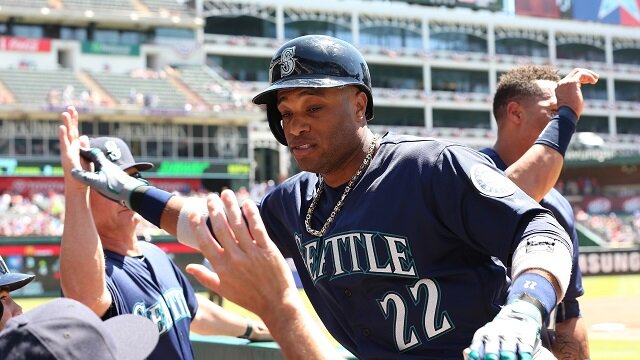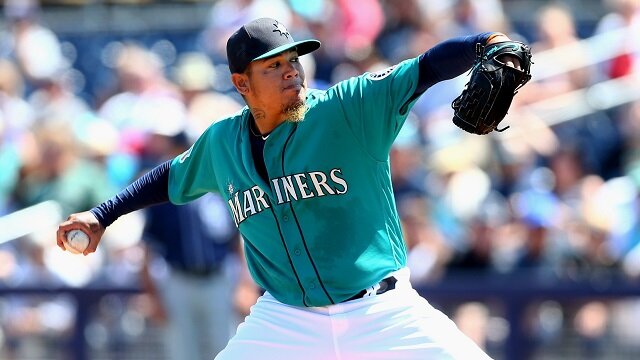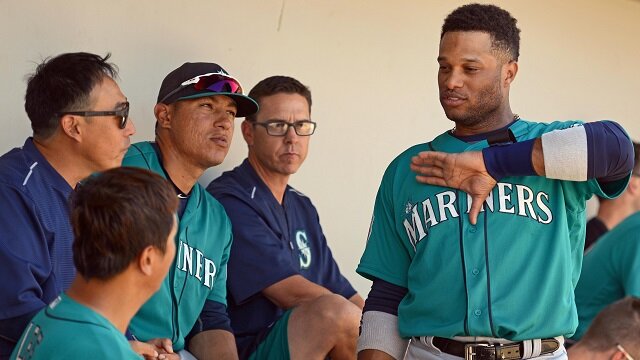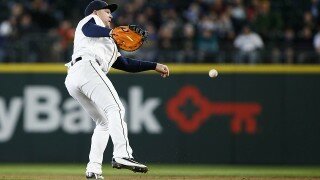Baseball is a game of history. At times baseball makes major changes based on the history of the game as well as where it is headed. Steroids and sabermetrics show how trends can affect baseball. The “newest” trend in MLB is called the defensive shift.
The shift involves the infield moving to the left or right based on a hitter’s tendency. Wikipedia puts it best by saying, “Typically the third baseman moves to the right where the shortstop plays; the shortstop plays to the right of second; the second baseman plays between first and second and usually on the right field grass; the center fielder plays right-center; and the first baseman and right fielder hug the foul line.”
It has somehow been forgotten that this philosophy has been used in the past and failed miserably. The shift used to be called the Williams Shift because of its use by the St. Louis Cardinals in the 1946 World Series against legendary hitter Ted Williams. Even the man who created it, Lou Boudreau, admitted, “I always considered The Boudreau Shift (another name for it) a psychological, rather than a tactical victory.”
In the 1970s, Willie McCovey beat the shift by bunting down the third base line. It turned into a double while the runner on first base, Willie Mays, made it all the way home. In the 2009 World Series, Johnny Damon of the New York Yankees stole two bases on a single play because of a failed shift by the Philadelphia Phillies. The Los Angeles Dodgers essentially cost themselves Game 5 of the 2015 NLDS against the New York Mets with a failed shift.
Sometimes teams are so set on doing something that they don’t even look at the evidence against it. The shift has become the new sabermetrics of baseball, which everyone uses now. The Seattle Mariners fall directly into this category.
The Mariners have made a big push to emphasize on-base percentage, sabermetrics and essentially evaluating baseball with math. Reading into a hitter’s tendencies has become a religion in MLB, and it seems the Mariners have definitely been drinking the Kool-Aid. It has changed how they approach every play.
The shift is a thing for the 2016 Mariners. Based on what Greg Johns, MLB.com’s Mariners beat writer says, the Mariners shifted the least in the AL in 2015, but are third in the league this year so far. The problem with the infield shift and giving it a value (something that makes sabermetrics work for both the old and new generation of baseball) is there is no precise way to do that. We can’t say something would happen for sure if the shift didn’t happen and vice versa.
When trying to look up stats in the category, it becomes a maze. Different formulas for different sites, all extremely hard to find. One thing is certain though; when watching a Mariners game this season, it is obvious that it has not worked for the club.
I think there are two reasons why this really does not work, and one of them no one wants to talk about. The first one, the more obvious one, is that ball players have played at one position their entire career. They get paid to play that spot. With the shift, the throw they have made a million times becomes one not so common.
An example of this is Robinson Cano and second base. With the shift, Cano is making a throw from the outfield instead of the usual throw from a much shorter distance with a different angle. That difference can cause throws that are off and create uneasiness for the player.
The second reason, the one that no one wants to talk about, is that managers want more say about what happens in the game than before. Instead of letting ballplayers make plays, MLB managers want them to make easy, for sure outs. When you are not using the shift, you rely on your players to fill the holes with speed or ability. With the shift, you are saying if the hitter hits it to the left (or right), he will get a hit.
This is not only a problem for the game, but for teams. It makes the game boring, just going through the motions rather than guys making plays, creating excitement. Worst of all, it doesn’t work. Players will learn to beat it. Some, like Ted Williams did, will just hit into it successfully anyways. Either way, for excitement or for improving, the Mariners need to stop shifting. Now.
 Share
Share 










